1. The Lucky Ones—Adopted into Loving Homes
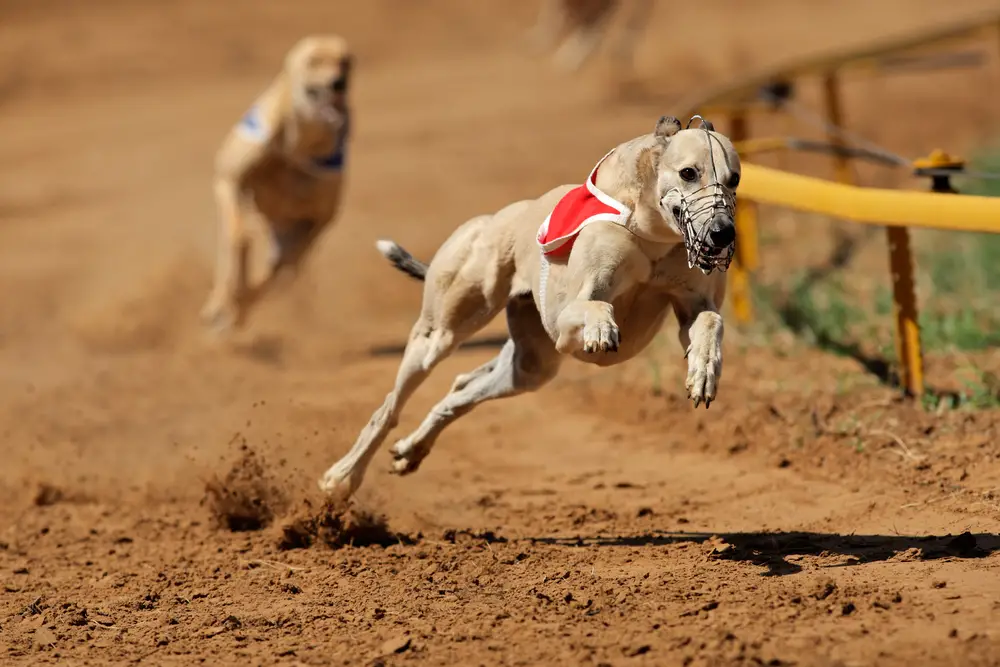
For the greyhounds that make it into adoption programs, retirement can be the start of a brand-new life filled with comfort, love, and plenty of naps. Despite their past as professional athletes, greyhounds are known for being incredibly gentle and affectionate pets. They are often called “40-mph couch potatoes” because, while they can sprint at incredible speeds, they actually prefer lounging around for most of the day. Their calm demeanor and low-maintenance nature make them fantastic companions, especially for first-time dog owners or people living in apartments. Adoption organizations work hard to find homes that fit each greyhound’s personality, ensuring they go to families who understand their unique needs.
However, the transition from track to home life isn’t always seamless. Many retired racers have never lived in a house before, meaning they may not know how to navigate stairs, interact with other household pets, or even play with toys. Some have never experienced true human affection beyond what was necessary for training and racing, so they might be timid or confused by sudden kindness. Their diet, exercise routine, and socialization all need to be adjusted. But with time, patience, and love, these dogs often flourish in their new environments, forming deep bonds with their owners. Adoption programs have saved thousands of greyhounds from uncertain fates, proving that these dogs are not just racing machines—they are loyal, loving companions who deserve a second chance at life.
2. The Dark Side of Overbreeding—Too Many Dogs, Not Enough Homes
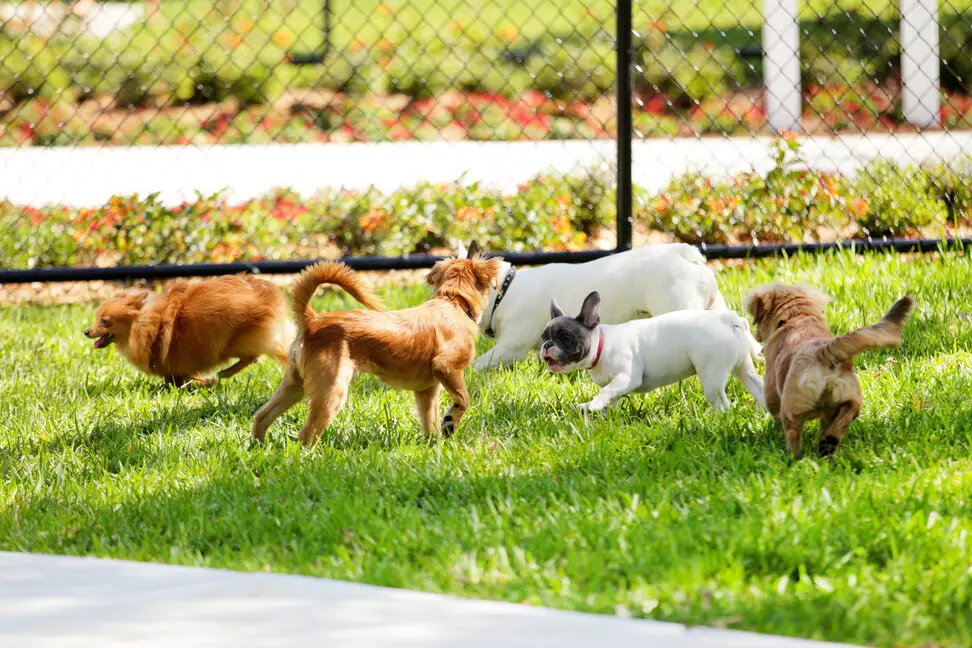
One of the biggest challenges in greyhound retirement is the sheer volume of dogs being bred for the sport, according to the RSPCA. Racing organizations prioritize speed and stamina, meaning breeders constantly produce new litters to find the next champion. In the industry’s peak years, tens of thousands of greyhounds were bred annually, with only a fraction ever making it to professional races. Those deemed too slow, too small, or simply not competitive enough were often euthanized or sold into underground racing circuits. Even among those that did race, their careers were short-lived, with thousands being retired each year, creating an overwhelming demand for homes that simply don’t exist.
Despite the growing success of adoption programs, the reality is that there are still far more retired greyhounds than available homes. Many dogs are left in limbo, waiting in kennels for months or years before finding a family. Some tracks have their own adoption initiatives, but these are often underfunded and unable to keep up with the number of dogs needing homes. In some cases, trainers and owners view retired racers as disposable, leading to neglect, abandonment, or even euthanasia for those that can’t be rehomed quickly. While awareness of the issue has increased, overbreeding remains a significant problem that continues to fuel the cycle of dogs being bred, raced, and discarded.
3. The Heartbreaking Truth—Euthanasia for the Unwanted
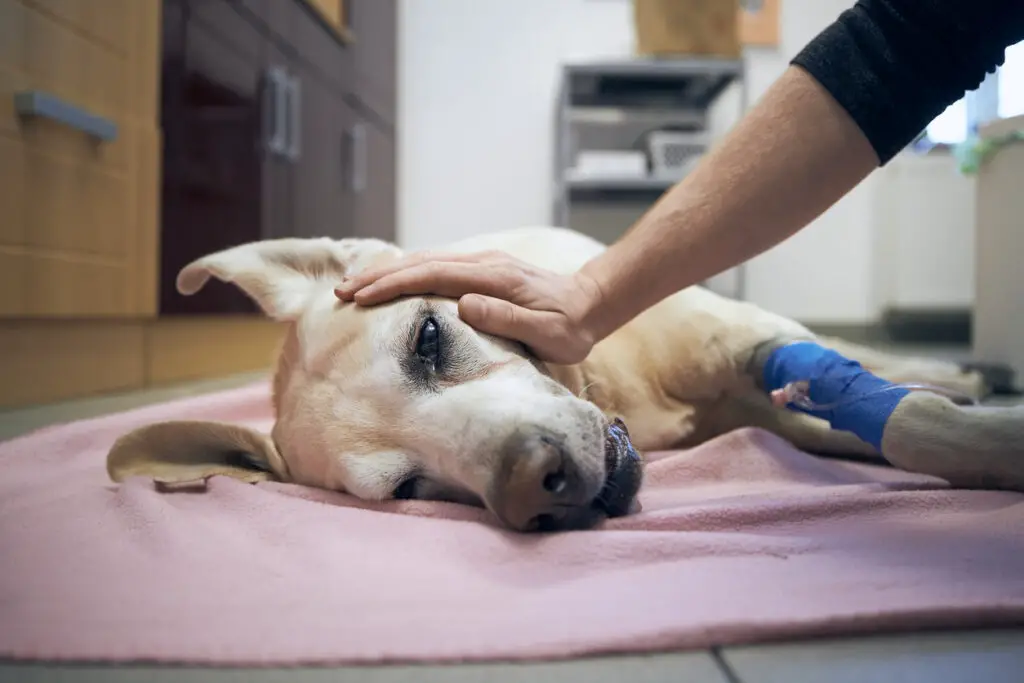
Before adoption programs became widespread, euthanasia was the standard fate for retired racing greyhounds. Dogs that were injured, underperforming, or simply no longer profitable were often put down, sometimes in large numbers. In some regions, this practice still continues, especially in countries where greyhound racing remains largely unregulated. In the worst cases, reports have surfaced of greyhounds being killed in horrific and inhumane ways—shot, poisoned, or even abandoned in remote locations where they slowly starve to death.
Although euthanasia rates have declined in areas with strong adoption programs, the sad truth is that many greyhounds still meet this fate each year, according to DogsTrust. In countries where racing is still legal but adoption is rare, retired greyhounds are sometimes put down simply because there’s no alternative. Even in places where adoption is encouraged, some owners and trainers still view euthanasia as the most convenient and cost-effective option for getting rid of dogs that can no longer make them money. Without stricter regulations and continued advocacy, euthanasia will remain a tragic reality for many retired greyhounds.
4. The Exportation Problem—Shipped to Countries with No Protections
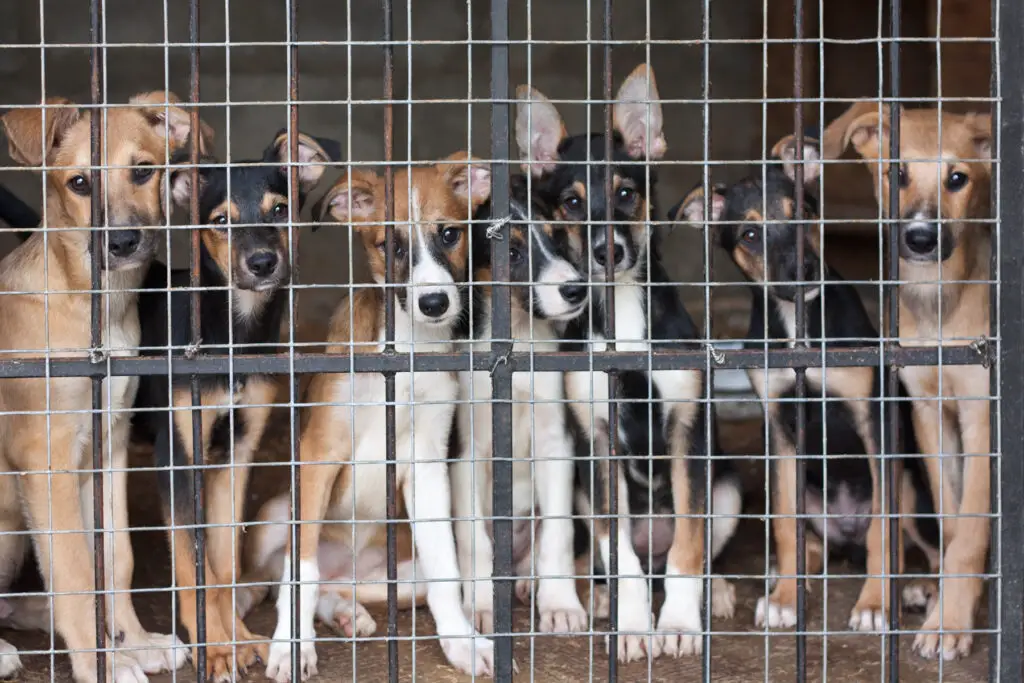
Even when greyhound racing is banned or declining in one country, the demand for racing dogs doesn’t always disappear—it just moves elsewhere. Some retired greyhounds are exported to countries where racing is still legal but far less regulated, putting them at risk for continued exploitation, according to Animal Liberation. Nations like China, Vietnam, and parts of the Middle East have become destinations for discarded greyhounds, where they are used in underground racing circuits, bred for illegal gambling, or even slaughtered for their meat.
The exportation of retired greyhounds often happens under disturbing conditions, with dogs being packed into cramped cages, denied food and water, and transported long distances with no veterinary care. Once they arrive, their treatment is often far worse than it was in their home countries. Since many of these nations lack basic animal welfare laws, greyhounds can be kept in horrific conditions, forced to race until they collapse, or sold into the dog meat trade. International advocacy groups are fighting to stop the exportation of retired racers, but without global cooperation and stronger laws, thousands of greyhounds remain at risk each year.
5. Left Behind in Overcrowded Shelters—The Greyhounds That Never Get Adopted
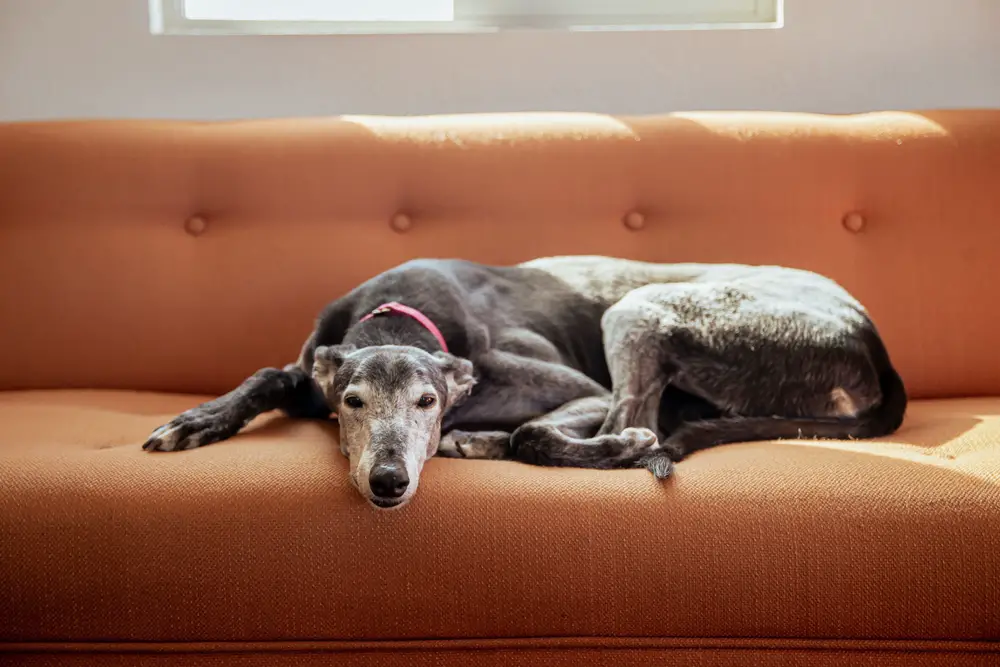
While many retired greyhounds find their way into loving homes, a significant number end up in overcrowded shelters and rescue organizations, sometimes waiting months or even years for adoption. Unlike typical pet dogs, many greyhounds have never experienced life outside of a racing kennel, making them more difficult to place in homes where they’ll need to adjust to unfamiliar environments, new routines, and other pets. Some adopters are hesitant to take in an older greyhound, especially if they have medical issues or emotional trauma from their racing past. This can lead to an extended stay in shelters, where resources are often stretched thin, making it difficult for these organizations to care for large numbers of retired racers.
In some unfortunate cases, shelters become overwhelmed and have no choice but to euthanize dogs that don’t get adopted, even if they are otherwise healthy. This is especially common in regions where greyhound racing is still active, and the constant influx of retired racers floods adoption programs beyond their capacity. Even when euthanasia isn’t an issue, spending too much time in a shelter can be incredibly stressful for greyhounds, as they may struggle with loneliness, anxiety, and confusion about their new environment. While dedicated greyhound adoption groups work tirelessly to find homes for these dogs, the sad truth is that not every retired racer gets the happy ending they deserve.
6. Medical Neglect—The Hidden Health Crisis of Retired Greyhounds

Many people don’t realize that greyhound racing takes a significant toll on a dog’s body, and when they retire, they often suffer from untreated medical conditions. Greyhounds are bred to be thin and muscular, but years of intense training and high-speed racing can cause joint problems, arthritis, chronic pain, and even internal injuries. Many retired racers also have poor dental health, digestive issues, and skin conditions due to the inadequate care they received while competing. According to RSPCA, since racing greyhounds are seen as investments rather than pets, some owners and trainers neglect their medical needs unless it directly affects their racing performance.
By the time these dogs retire, many have long-standing injuries that were ignored or poorly treated, meaning their new adopters often face expensive vet bills to get them healthy again. Some dogs arrive at adoption centers underweight, dehydrated, or suffering from infections, requiring extensive rehabilitation before they’re ready for a home. While adoption groups and rescues do their best to provide medical care, the reality is that not all retired greyhounds get the treatment they need, and some are abandoned simply because their medical costs are too high. The industry’s failure to ensure proper long-term care for these dogs is one of its most deeply troubling aspects, leaving many greyhounds to suffer in silence.
7. Psychological Trauma and Behavioral Challenges—Adjusting to Life as a Pet
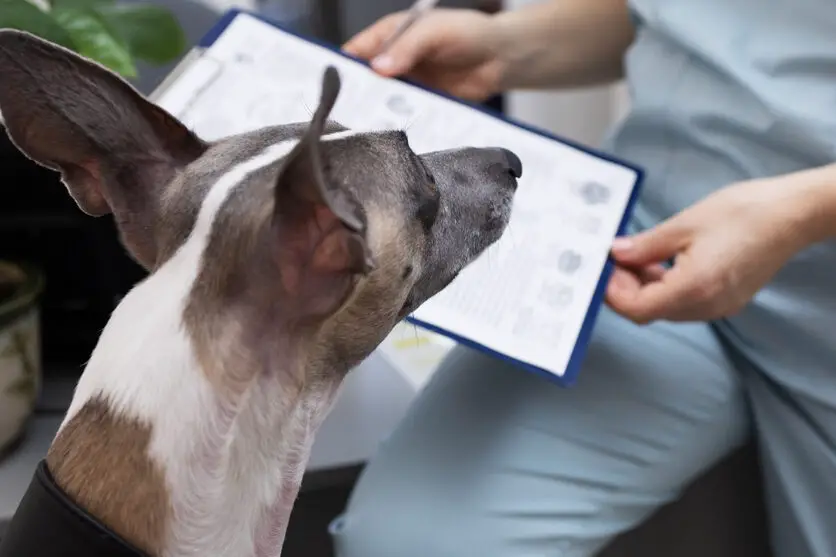
Beyond the physical scars, many retired greyhounds suffer from deep psychological trauma due to the conditions they were raised in. Unlike dogs raised in homes, greyhounds bred for racing spend most of their lives isolated in small crates, with very little human affection or socialization. They follow strict routines, interacting with people only for training and feeding, and they rarely experience the simple joys of being a pet, like playing with toys or receiving belly rubs. According to the Greyhound Equality Society, many retired greyhounds enter home life with anxiety, fear, or confusion, struggling to adjust to a world that is completely foreign to them.
Some greyhounds develop nervous habits, such as pacing, excessive licking, or even refusing to walk on certain surfaces because they’ve only ever known the feel of racetrack dirt. Others experience severe separation anxiety, never having learned to be alone without the structure of a kennel routine. Some even fear stairs, televisions, or mirrors because they’ve never encountered them before. Adopters need to be extremely patient and understanding, as it can take weeks or even months for a greyhound to learn how to relax, trust, and enjoy life as a companion animal. However, once they do adjust, they often become incredibly loyal and affectionate pets, forming deep emotional bonds with their new families.
8. The Role of Advocacy Groups in Changing the Industry
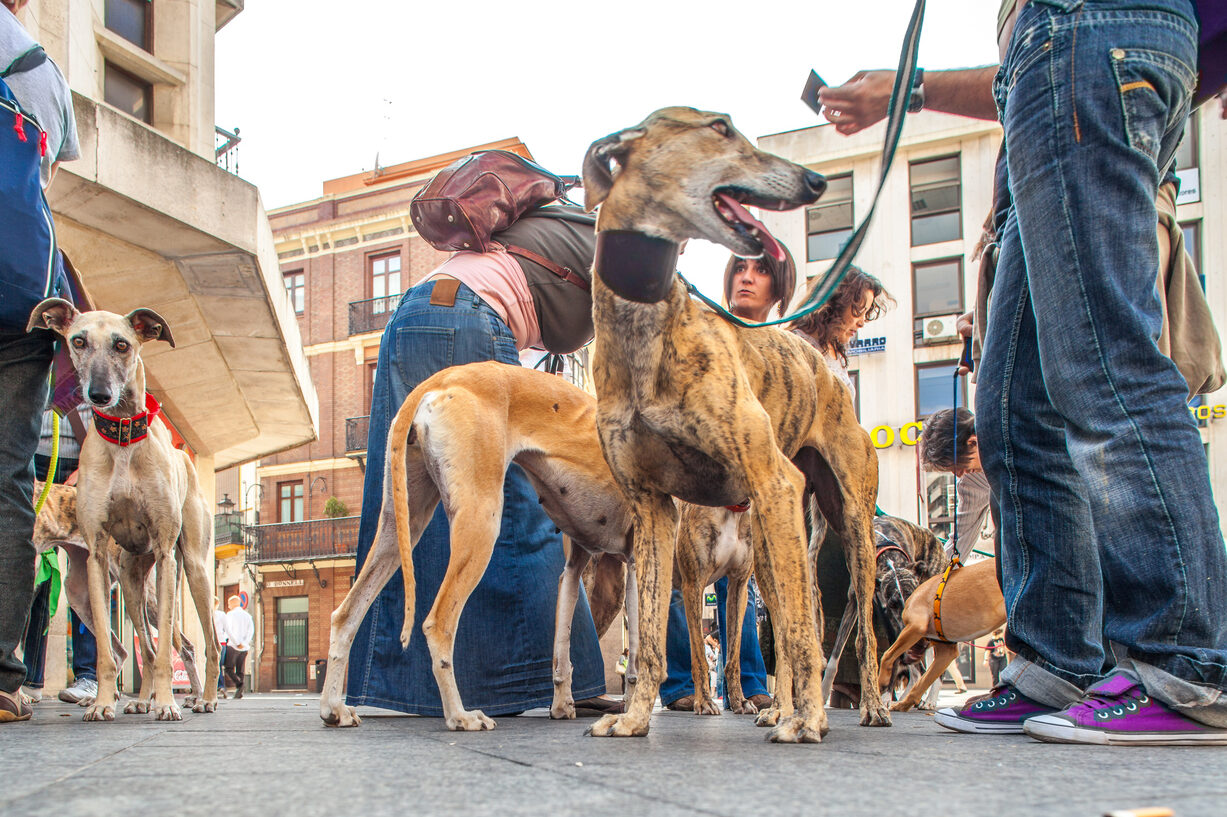
The fight for better treatment of retired racing greyhounds wouldn’t be where it is today without the relentless efforts of animal welfare organizations and advocacy groups. Over the last few decades, groups like GREY2K USA, The Greyhound Project, and local rescue organizations have worked tirelessly to shut down racetracks, push for legislative bans, and expose the cruel practices within the industry. Their work has led to major victories, including the complete ban of greyhound racing in multiple U.S. states and increased global awareness of the issues surrounding the sport.
Despite these wins, the battle is far from over. Greyhound racing is still legal in several countries, and thousands of dogs continue to be bred, raced, and discarded every year. Advocacy groups continue to push for stronger breeding regulations, mandatory veterinary care, and better retirement protections to ensure that no greyhound is left behind. They also play a crucial role in educating the public about greyhound adoption, helping to dispel the myths that often prevent people from considering these dogs as pets. With continued activism and public support, the future for retired greyhounds can continue to improve, but only if the fight to protect them remains strong.
Click here for more stories like this
9. Underground Racing—The Industry’s Darkest Secret
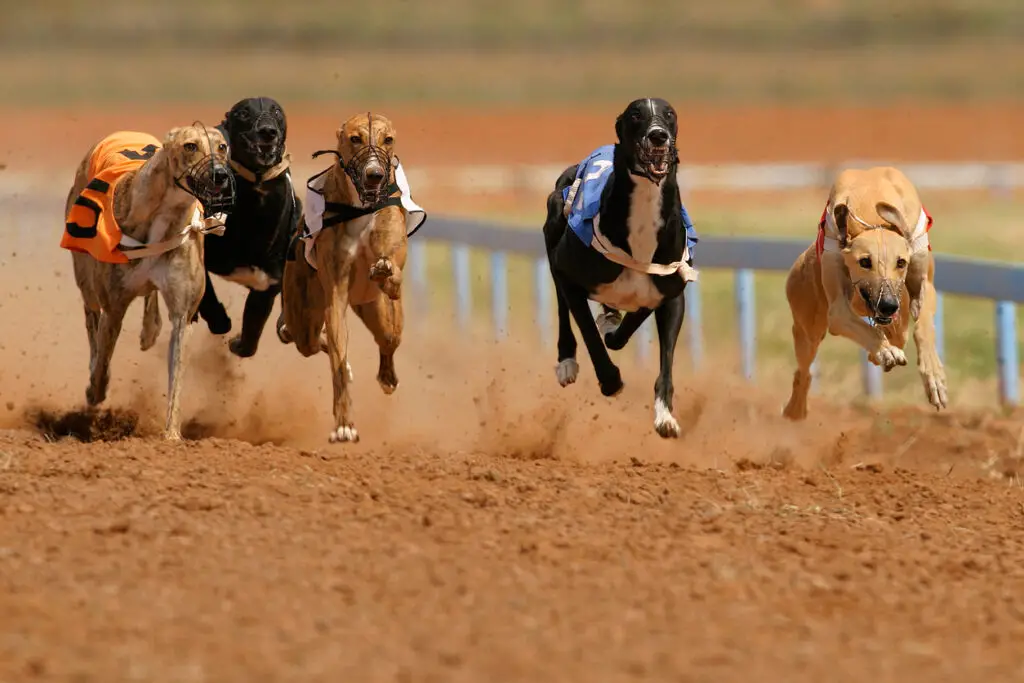
Even in regions where greyhound racing has been officially banned, the sport hasn’t completely disappeared—it has simply moved underground. Illegal racing rings operate in secluded areas, private tracks, and even online betting networks, where the dogs are forced to compete without any regulations or oversight. In these underground races, the safety and well-being of the dogs are completely disregarded, with many suffering severe injuries, exhaustion, and even death from the extreme conditions.
These illegal races are often far more brutal than their legal counterparts, with dogs being pushed to their physical limits and denied even the most basic care. Since there’s no official record of these races, losing dogs are often discarded or killed without a trace. Some are even used for bloodsport, where they are pitted against each other or against other animals for gambling purposes. Law enforcement agencies struggle to track and shut down these operations due to their hidden nature, meaning thousands of greyhounds continue to suffer in the shadows long after their official racing careers have ended.
10. From Champions to Lab Subjects—The Hidden Fate of Some Retired Greyhounds
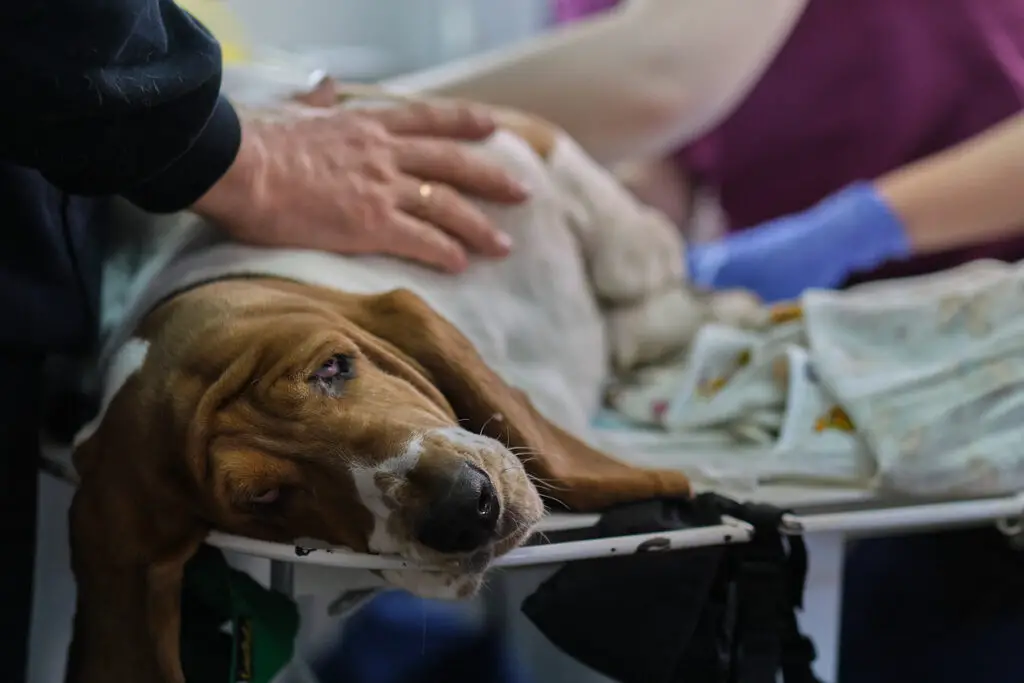
One of the least talked-about but most disturbing fates that some retired greyhounds face is being sold to research laboratories. Because greyhounds are genetically similar, lean, and have a calm temperament, they are often highly sought after for medical testing and experiments. In countries with loose regulations on animal testing, greyhounds that are no longer useful for racing can be sold to universities, pharmaceutical companies, or biomedical research facilities, where they are used for studies on cardiovascular diseases, drug testing, and surgical training. Many of these dogs spend the rest of their lives in cages, subjected to invasive procedures with little to no pain relief, before eventually being euthanized.
What makes this issue even more alarming is that some racing kennels willingly sell their retired greyhounds to laboratories, viewing them as a final way to profit off the dog before disposal. These sales often happen through middlemen, so even adoption organizations struggle to track where retired racers end up. In places where animal welfare laws don’t protect greyhounds, this practice remains legal, leaving thousands of dogs trapped in a cycle of exploitation long after they’ve left the track. Animal rights activists continue to fight against this cruel reality, but without stricter international laws, many retired greyhounds will never experience the freedom they deserve.
11. Exploited for Breeding—Forced to Produce the Next Generation of Racers
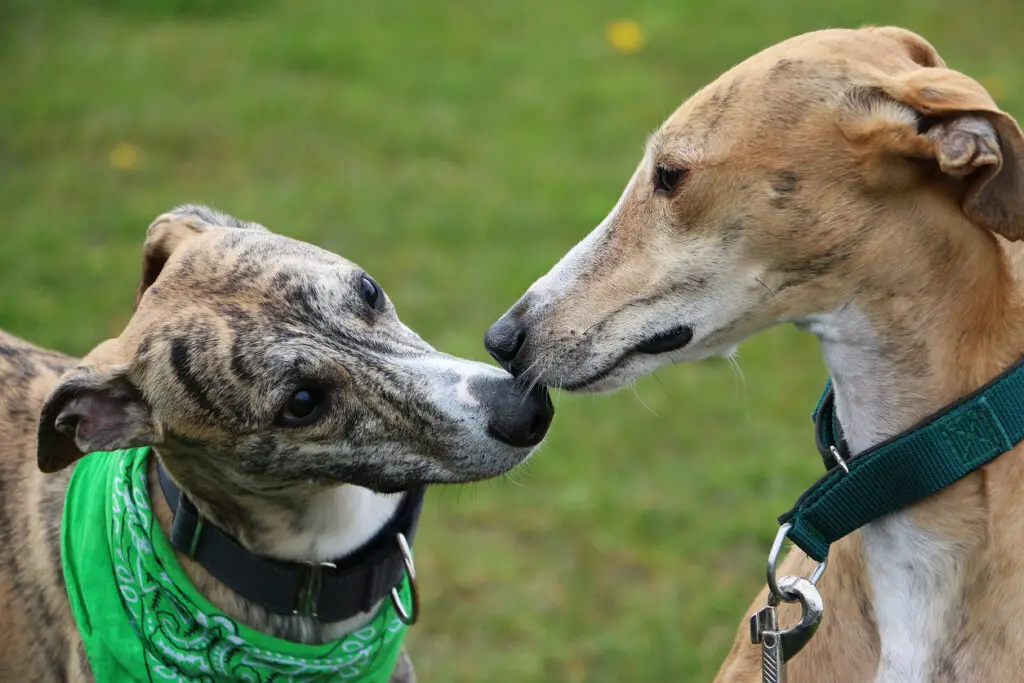
While most greyhounds retire by the age of three to five, some never truly escape the industry because they are selected for breeding. If a greyhound has a strong racing lineage, trainers and breeders may keep them solely to produce new racing dogs, forcing them into a repetitive cycle of pregnancy and birth. Female greyhounds are bred multiple times in their lifetime, often under harsh conditions, with little rest between litters. Since the industry is focused on speed and profitability, these dogs are seen as valuable commodities rather than living beings.
Once a breeding greyhound is no longer useful, they often face the same tragic fate as retired racers: abandonment, euthanasia, or being sold to underground racing rings. In some cases, breeders who have no use for a greyhound anymore simply kill them, as it is considered a cheaper option than caring for an aging, non-profitable dog. Even those that do manage to escape breeding programs are often left with health problems from years of overbreeding, requiring significant medical intervention before they can enjoy retirement. The demand for faster, stronger greyhounds fuels a cycle of suffering, ensuring that many dogs never get a real chance at life beyond the racetrack.
12. Used for Blood Donations—The Unethical Greyhound Blood Industry
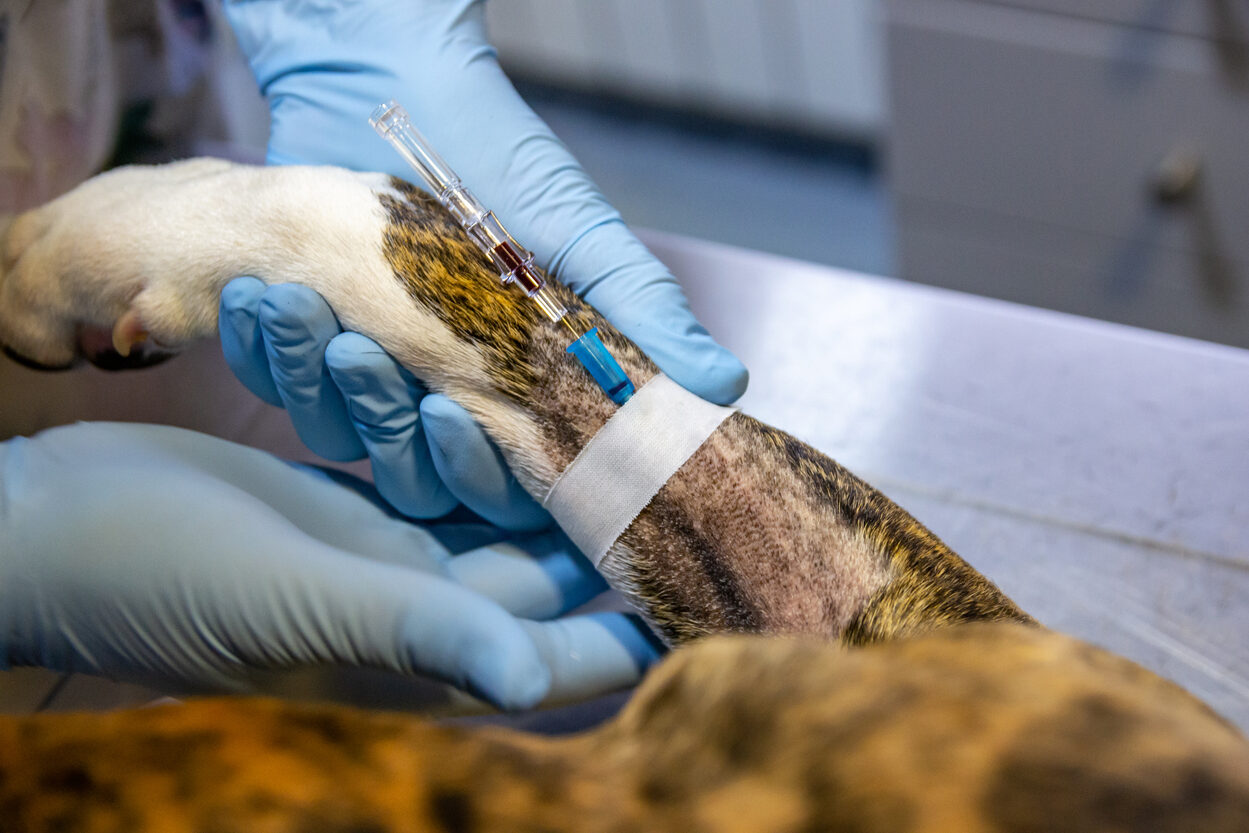
A shocking but little-known fate for retired racing greyhounds is that some end up being kept in blood banks, where they are used exclusively as blood donors for veterinary clinics. Greyhounds have a unique blood type that is often universal for transfusions, making them extremely valuable for animal hospitals. Instead of being adopted or euthanized, some greyhounds are confined to tiny cages for months or even years, having their blood drawn repeatedly to supply veterinary blood banks. While some organizations run ethical, well-monitored donor programs, others exploit these dogs, treating them as nothing more than biological resources.
In some cases, retired greyhounds are kept in overcrowded facilities, given minimal care, and repeatedly subjected to invasive blood draws that can weaken their immune systems. They are often denied proper exercise, socialization, or even basic medical attention, all in the name of keeping up the blood supply. While blood donation is necessary to save other animals, the way some greyhounds are treated in these programs is deeply unethical. Activists continue to raise awareness about these issues, pushing for stricter regulations to ensure that no retired greyhound is forced into a life of confinement and exploitation after leaving the racetrack.
13. A Hopeful Future—How the Greyhound Racing Industry is Changing
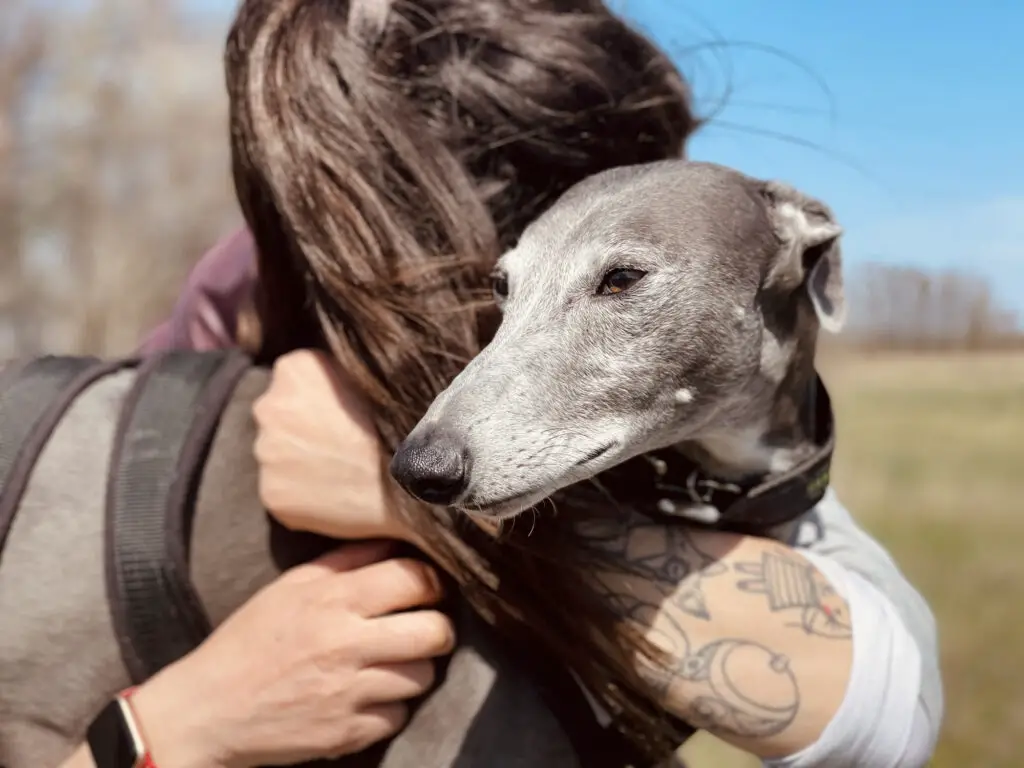
Despite the many dark realities that retired greyhounds face, there is hope. Thanks to activists, adoption programs, and changing laws, greyhound racing is declining globally, and more retired racers are finding loving homes than ever before. Countries like the UK, Australia, and the U.S. have seen a significant decrease in the number of active racetracks, with some shutting down entirely due to public pressure and financial losses. In some regions, former racetracks are even being converted into rescue centers that focus on rehoming greyhounds instead of exploiting them.
More people are now aware of the plight of retired greyhounds, leading to a huge increase in adoption rates. Groups that once struggled to place these dogs in homes are now seeing higher demand, proving that the perception of greyhounds as just racing tools is finally changing. The fight is not over, but with continued awareness, advocacy, and legislative changes, the future looks brighter for these incredible dogs. While thousands of greyhounds still suffer today, every adoption, every rescue, and every new law banning the sport brings us one step closer to ending the cycle of cruelty once and for all.


